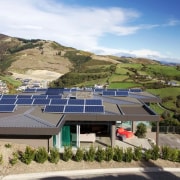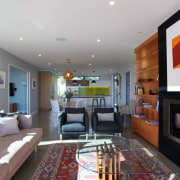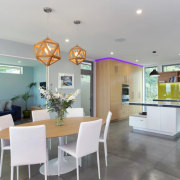Self-sufficient – sustainable suburban home
This cosy home on a city site employs a raft of sustainable measures that respect the planet and keep running costs in the negative
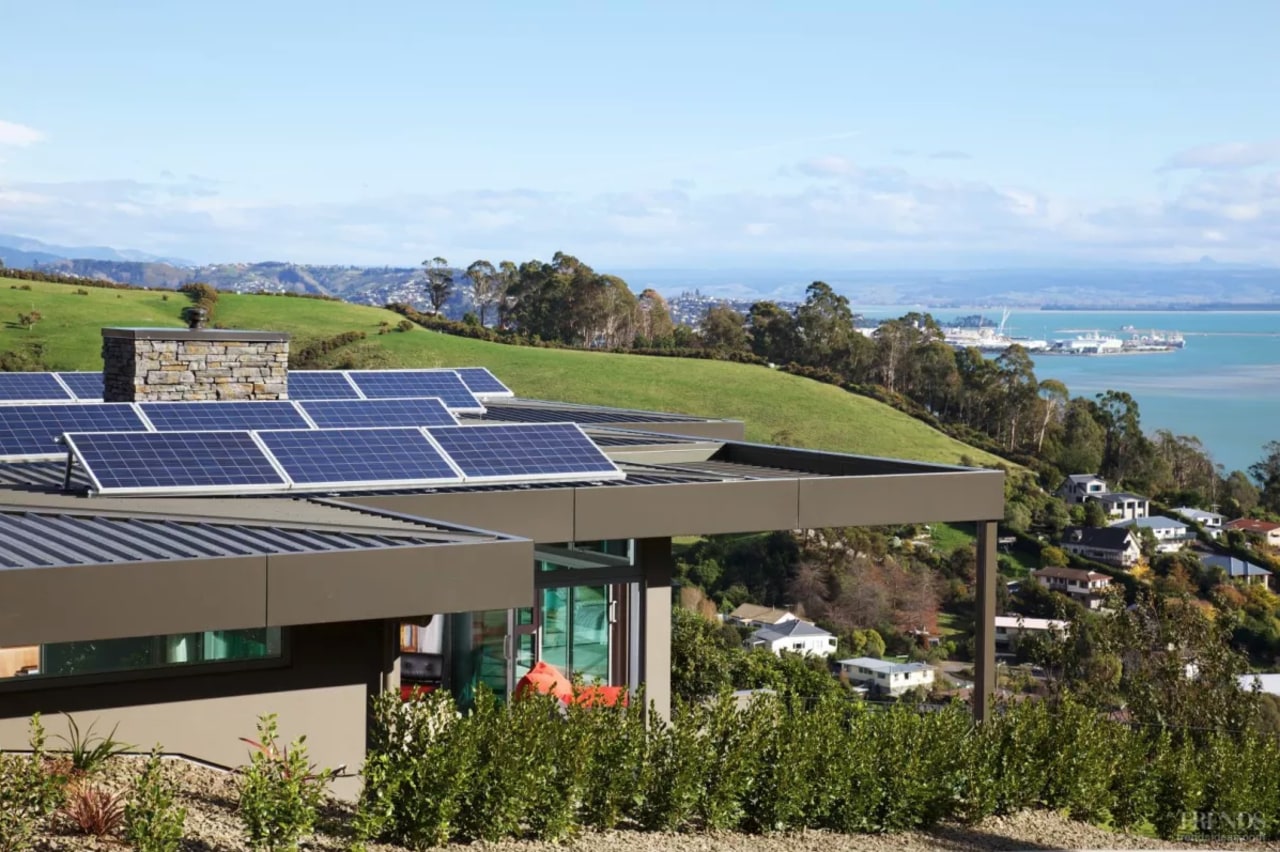
Self-sufficiency is an ideal once associated with hippies and an alternative lifestyle. Today, with fast-growing populations and shrinking resources, architects and homeowners are embracing this concept as a key way forward. Consequently, a modern home is likely to achieve sustainability in many ways.
Natalia and Jamie Harrington are the owners of a green housing company, Hybrid Homes. To prove that an inner-city family home could combine domestic comfort and a sustainable, self-sufficient lifestyle, the couple asked Jamie's father, architect Richard Harrington, to design a house with both these advantages.
"The house was to be a show home for our business and had to reflect what is achievable in terms of the latest technology and attention to site orientation, passive heating and cooling and environment-friendly finishes," Natalia Harrington says.
"Several design approaches came together to achieve the maximum results with this property. Initially, the west-facing site posed some challenges – while it has great sea views, it was tricky to maximise the sun from the north and regulate its impact from the west."
As a consequence, the house is built as a series of modules, each capturing the northern sun and providing shading for the next. The loose H-shapes of the front modules contain bedrooms and a laundry, while the rear modules comprise the kitchen, dining and living areas. A connecting element contains a bedroom, study and some of the home's green technology.
The principal energy-reaping mechanism is the 7.5kW photovoltaic system comprising 30 260W panels on the north-facing roof.
"Although the house is in the city, it is designed and set up to be off the grid. A battery bank operates the house, and excess power that cannot be used or stored, will be sold to the grid," Harrington says.

The sun also powers an evacuated tube hot water system, with each element consisting of two borosilicate glass tubes. The transparent outer tube allows sunlight to pass through to the inner tube, which absorbs the solar heat. A vacuum between them traps the heat for reuse.
Heat pump underfloor heating provides a backup to the solar water heating, but the house captures and retains the sun so efficiently that this has yet to be used.
Other ways the house stores energy include a thermally broken floor slab with R4 insulation, which prevents the warmth from dissipating into the ground. The polished concrete flooring acts as a thermal sink that absorbs heat during the day and releases it at night, when it is colder.
The house is fully thermally broken – its thermal envelope is completely sealed, so there is no way for heat to escape outside. Thermally broken exterior joinery is complemented by argon-filled, low-e double glazing.
The roof is insulated to R5.8 and the walls have an R3.2 rating, keeping the home snug.
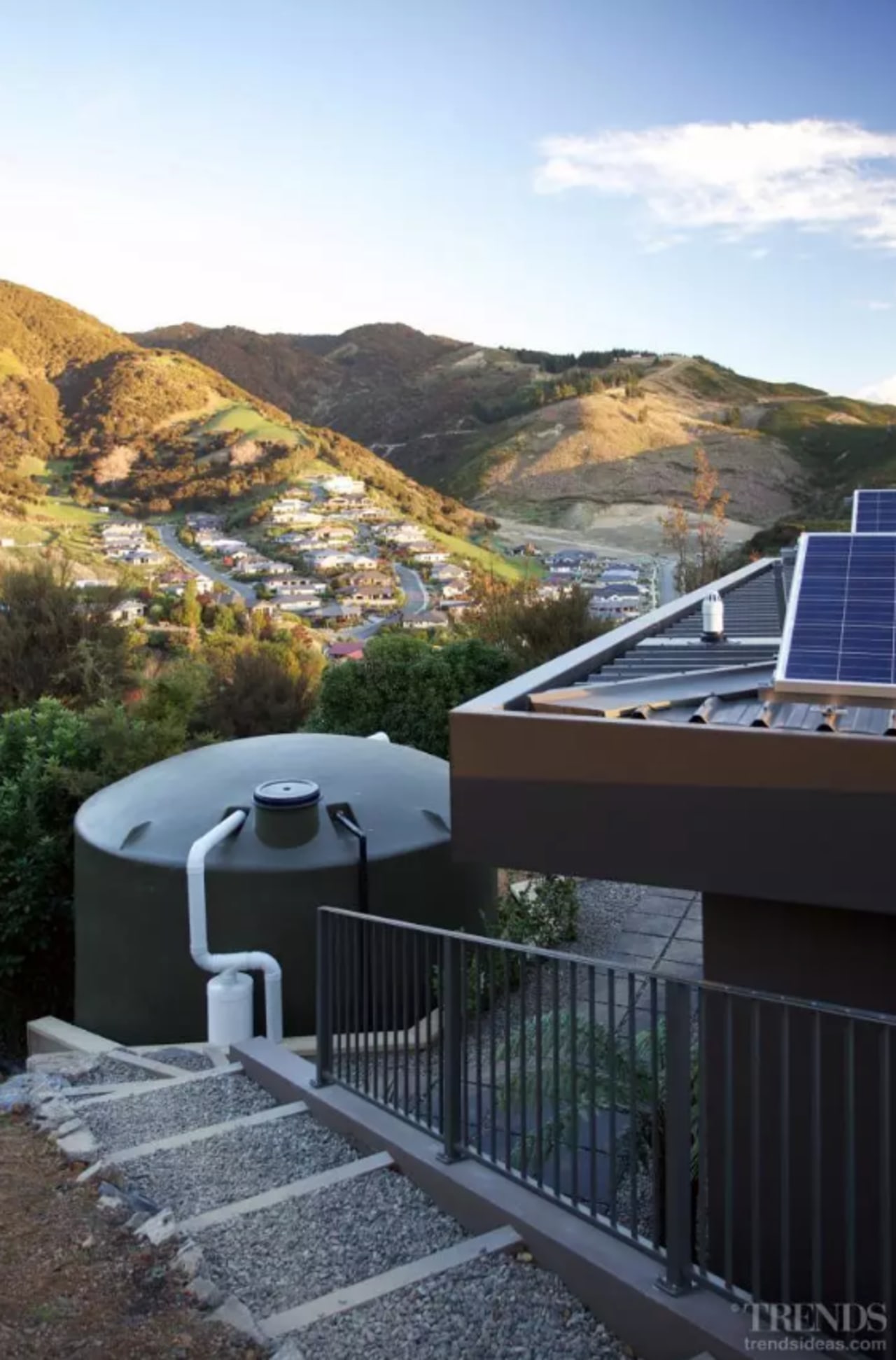
The self-sufficient house also avoids undue drain on the mains water supply. Instead the home utilises hybrid rainwater harvesting.
"The house uses rainwater when available, but during the dryer months the system automatically switches over to the main water supply," Harrington says. "The system includes a 25,000L tank with a first flush and filtration system that prevents the rain washing roof contaminants into the water supply."
A grey-water sump recycles water from the showers, bathrooms and laundry to minimise waste going into the town sewage.
These eco-friendly systems are augmented by energy-efficient appliances and lighting, along with water-efficient tapware and fixtures.
A healthy indoor environment and minimal carbon footprint were also an integral part of the show home's comprehensive green agenda, says Harrington.
"The exterior is finished in a planet-friendly combination of aerated concrete, which includes a recycled steel manufacturing by-product, and carbon-negative timber cladding.
"Non-toxic paints, glues and resins were specified throughout, and we chose as many products from Australasia as we could, to limit the carbon miles required in getting them here."
A positive Energy and Homestar accreditation will be pursued once the show home has been operational for a year.
Part of the ongoing focus on sustainability is to demonstrate that self-sufficiency in a city setting can be achieved in style – there are plans for chickens, vegetable patches and an orchard.
Story by: Charles Moxham
Photography by: Jamie Cobel
Home kitchen bathroom commercial design
Classic looks, contemporary efficiency
Personality plus
Diving into nature

